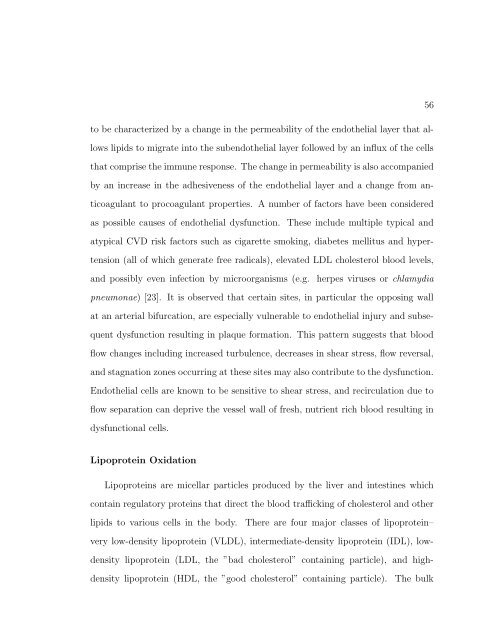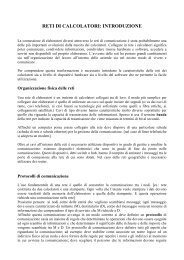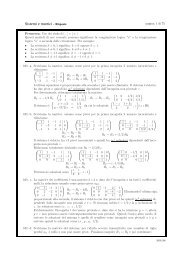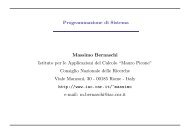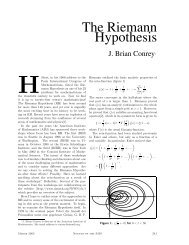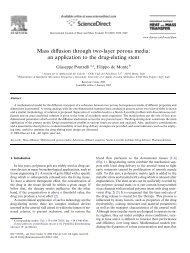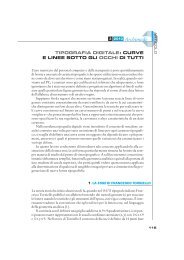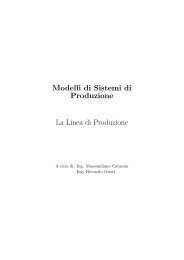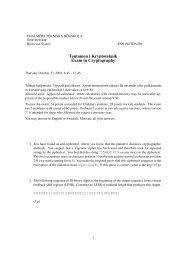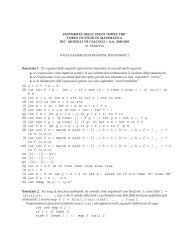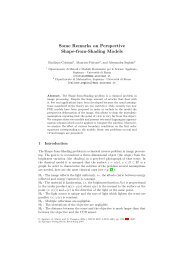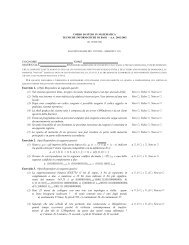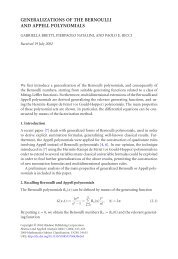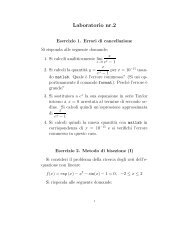A SHORT COURSE IN THE MODELING OF CHEMOTAXIS
A SHORT COURSE IN THE MODELING OF CHEMOTAXIS
A SHORT COURSE IN THE MODELING OF CHEMOTAXIS
Create successful ePaper yourself
Turn your PDF publications into a flip-book with our unique Google optimized e-Paper software.
to be characterized by a change in the permeability of the endothelial layer that al-<br />
lows lipids to migrate into the subendothelial layer followed by an influx of the cells<br />
that comprise the immune response. The change in permeability is also accompanied<br />
by an increase in the adhesiveness of the endothelial layer and a change from an-<br />
ticoagulant to procoagulant properties. A number of factors have been considered<br />
as possible causes of endothelial dysfunction. These include multiple typical and<br />
atypical CVD risk factors such as cigarette smoking, diabetes mellitus and hyper-<br />
tension (all of which generate free radicals), elevated LDL cholesterol blood levels,<br />
and possibly even infection by microorganisms (e.g. herpes viruses or chlamydia<br />
pneumonae) [23]. It is observed that certain sites, in particular the opposing wall<br />
at an arterial bifurcation, are especially vulnerable to endothelial injury and subse-<br />
quent dysfunction resulting in plaque formation. This pattern suggests that blood<br />
flow changes including increased turbulence, decreases in shear stress, flow reversal,<br />
and stagnation zones occurring at these sites may also contribute to the dysfunction.<br />
Endothelial cells are known to be sensitive to shear stress, and recirculation due to<br />
flow separation can deprive the vessel wall of fresh, nutrient rich blood resulting in<br />
dysfunctional cells.<br />
Lipoprotein Oxidation<br />
Lipoproteins are micellar particles produced by the liver and intestines which<br />
contain regulatory proteins that direct the blood trafficking of cholesterol and other<br />
lipids to various cells in the body. There are four major classes of lipoprotein–<br />
very low-density lipoprotein (VLDL), intermediate-density lipoprotein (IDL), low-<br />
density lipoprotein (LDL, the ”bad cholesterol” containing particle), and high-<br />
density lipoprotein (HDL, the ”good cholesterol” containing particle). The bulk<br />
56


